Modern software is a symphony of interconnected services, microservices, and cloud infrastructure, constantly evolving and adapting to changing demands. Yet our tools for understanding these complex systems often remain rooted in a paradigm of static dashboards and isolated metrics. As a pioneering technologist with over 25 years of experience in cloud computing, distributed systems, and application performance monitoring, I’ve witnessed firsthand the limitations of this approach.
Traditional dashboards, with their grids of numbers, charts, and gauges, offer a fragmented view of reality. They reduce dynamic systems to static snapshots, obscuring the intricate relationships and emergent behaviors that drive performance and resilience. While these tools might suffice for simpler systems, they fall short when applied to the dynamic complexity of cloud-native architectures, digital twins, and large-scale service ecosystems.

For too long, we’ve accepted dashboards that are little more than a collection of metrics with minimal insight into system dynamics. We’ve been conditioned to believe that the more data we throw at operators, the better we’ll understand the system. Yet this is the very issue that has led to cognitive overload, inefficiency, and poor decision-making. It’s time for a change. The world of observability needs to evolve. The next generation of tools must be more than just passive displays of data—they must be proactive agents of understanding. Companies that embrace this shift will gain an edge by making their systems more transparent, comprehensible, and resilient.
The engineering world does not need another ad hoc Grafana dashboard. It does not even need Grafana or its clones.
The Pitfalls of Number-Centric Dashboards
Static vs. Dynamic: Numbers represent a frozen moment in time, while complex systems are in constant flux. Dashboards fail to capture the ebb and flow of activity, the subtle shifts in resource usage, and the cascading effects of changes across the system. Traditional time-series visualizations attempt to address this through motion over time, but they still constrain our understanding to predefined dimensions rather than revealing the multi-dimensional nature of system behavior.
Isolation vs. Interconnection: Metrics are presented in isolation, obscuring the intricate web of relationships between different components. This leads to a siloed understanding of the system, hindering our ability to diagnose problems and anticipate failures. When a microservice degrades, the impact ripples throughout the ecosystem in complex, often unpredictable ways that traditional dashboards fail to represent cohesively.
Reductionism vs. Holism: Reducing complex phenomena to single numbers oversimplifies reality. We miss emergent properties, feedback loops, and non-linear dynamics that arise from the interactions of individual components. The true state of a system isn’t found in any individual metric but emerges from the interplay between countless variables—a phenomenon that traditional visualizations struggle to convey.
Cognitive Overload: A deluge of numbers overwhelms our mental capacity, making it difficult to identify meaningful patterns. The human mind has evolved to process environments holistically, not to parse columns of figures or compare dozens of disconnected charts. By forcing operators to reconstruct system relationships from fragmented data mentally, we waste precious cognitive resources that could be directed toward problem-solving.

The Perceptual Science of System Understanding
Our sensory systems evolved over millennia to process environmental information in ways fundamentally different from how dashboards present data. Research in perceptual psychology reveals several capabilities we underutilize in traditional monitoring:
Motion Perception: Humans possess extraordinary motion sensitivity—capable of detecting movement as slight as 1/300 of a degree within our visual field. This allows us to instantly notice changes in a pattern, flow, and rhythm without conscious calculation. Yet most dashboards remain stubbornly static, updating with refresh buttons rather than flowing continuously.
Ambient Awareness: Our peripheral vision excels at detecting changes without direct focus, allowing us to maintain situational awareness across a broad field of view. This capacity for ambient monitoring remains largely untapped in traditional dashboards, which demand focal attention on numerous discrete elements.
Pattern Recognition: We can process vast visual landscapes and instantly recognize anomalies or changes without analytical breakdown. This gestalt perception applies not just to static arrangements but to dynamic patterns of movement and transformation—precisely the capabilities needed to monitor complex systems.
Sensory Integration: Our brains seamlessly integrate multiple sensory channels—visual, auditory, and even tactile—to form unified environmental models. Modern observability remains overwhelmingly visual, neglecting the rich information bandwidth available through other senses.
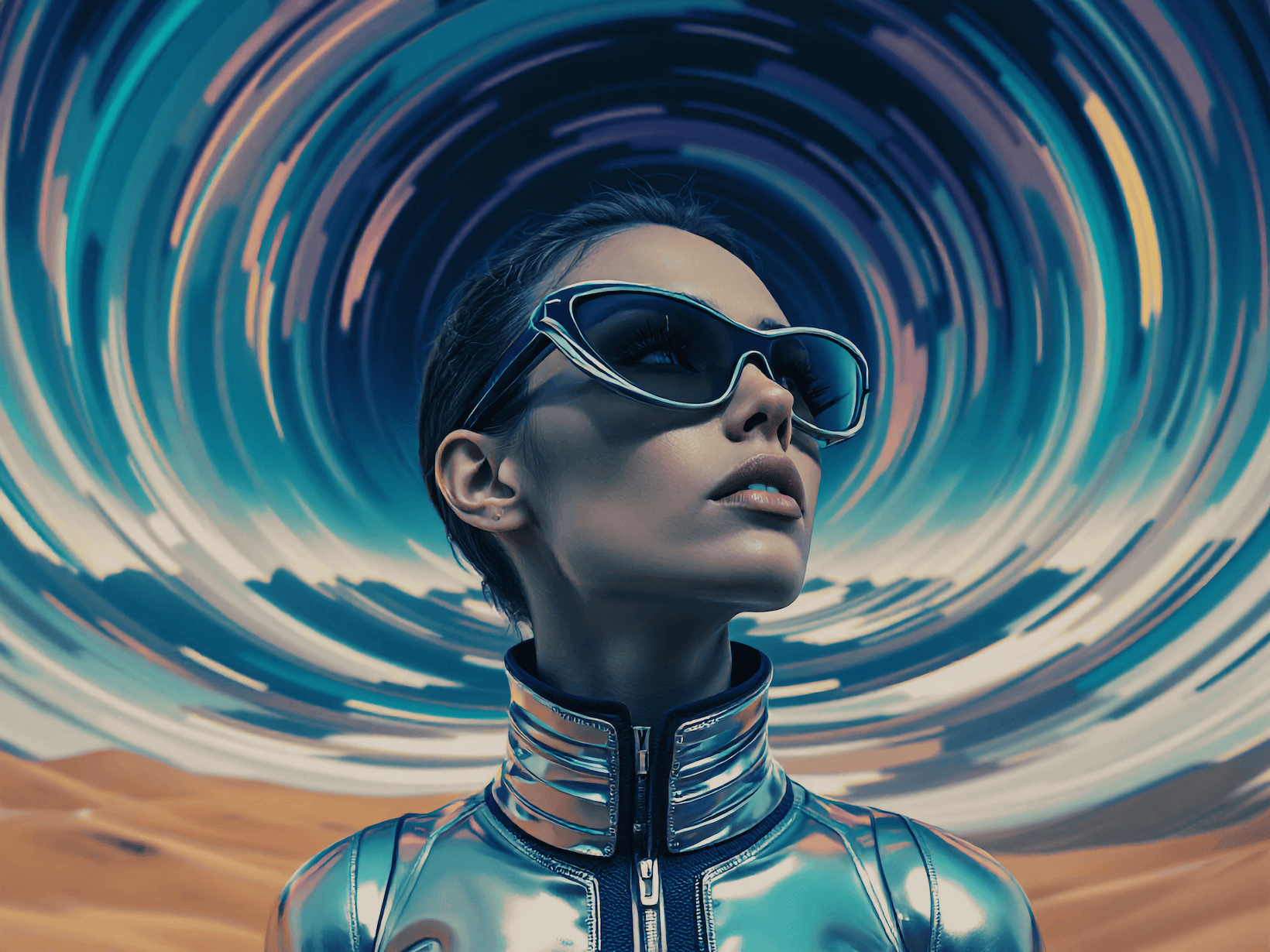
Towards a New Vision of Observability
To truly understand and manage complex systems, we need a new paradigm of observability—one that moves beyond static numbers and embraces the dynamic, interconnected nature of reality. This requires a shift from reductionist thinking to a holistic perspective, from data overload to meaningful visualization, and from reactive monitoring to proactive anticipation.
Imagine a dashboard that resembles a living landscape, pulsating with the rhythm of the system it represents. Instead of rigid widgets and isolated metrics, we see a fluid canvas of color and motion, where:
- Color gradients represent the health and performance of different components, shifting seamlessly as conditions evolve.
- Flowing patterns visualize the movement of data and resources, revealing hidden dependencies and bottlenecks.
- Pulsating rhythms reflect the activity levels of different services, allowing us to intuitively grasp the overall state of the system.
- Spatial organization mirrors the architecture of the system, with interconnected regions representing different components and their relationships.
- Textural variations communicate the density of interactions or the complexity of operations.
- Harmonic and dissonant sounds provide background awareness of system harmony or developing issues.
This “landscape dashboard” leverages our innate perceptual abilities, allowing us to quickly grasp the essence of the system without being overwhelmed by numbers. It engages our intuition, enabling us to identify anomalies and patterns that might otherwise go unnoticed.
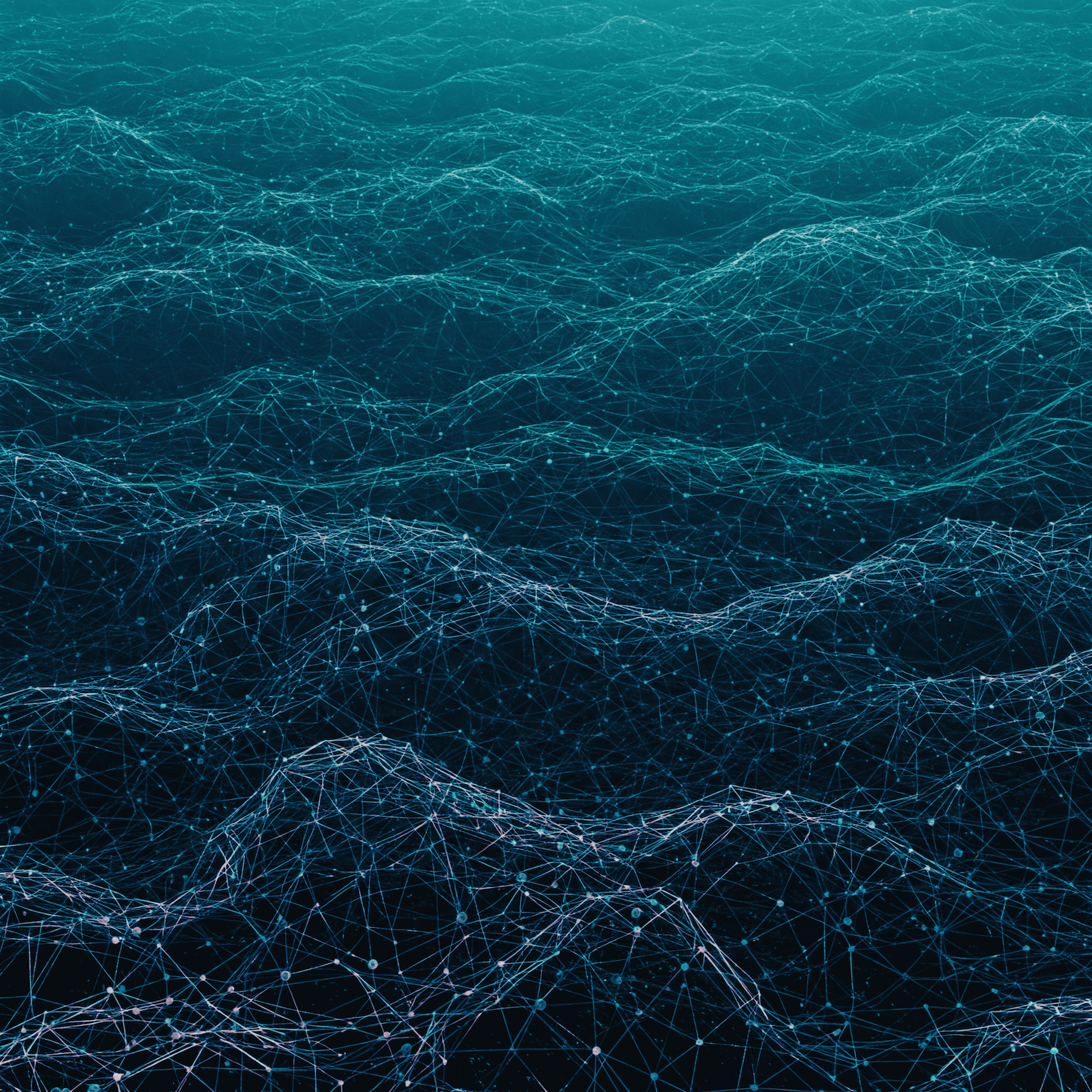
While the concept of a “landscape dashboard” may appear idealistic, real-world examples of observability tools demonstrate how far current solutions fall short. For instance, many organizations, even those with sophisticated monitoring setups, rely on dashboards that display raw metrics in isolation: CPU usage, request latency, or error rates, all neatly organized in individual charts. However, when these numbers fluctuate, the operator lacks context about the underlying reasons. Is the issue localized to a single service, or is it part of a larger chain of failures? The static nature of these visualizations restricts an operator’s ability to grasp the big picture and respond effectively.
The Neuroscience of Landscape Perception
This approach isn’t merely aesthetic—it’s grounded in neuroscience. When we observe natural landscapes, our brains process vast amounts of information through specialized neural pathways that evolved over millions of years. These pathways enable us to:
- Detect subtle environmental changes without conscious effort
- Identify patterns and anomalies within complex visual fields
- Process multiple information streams simultaneously through parallel neural circuits
- Form intuitive predictions about how systems will evolve over time
By aligning our observability tools with these inherent capabilities, we create interfaces that work with our cognitive architecture rather than against it. The result isn’t just more pleasant to use, but fundamentally more effective at communicating the system state.
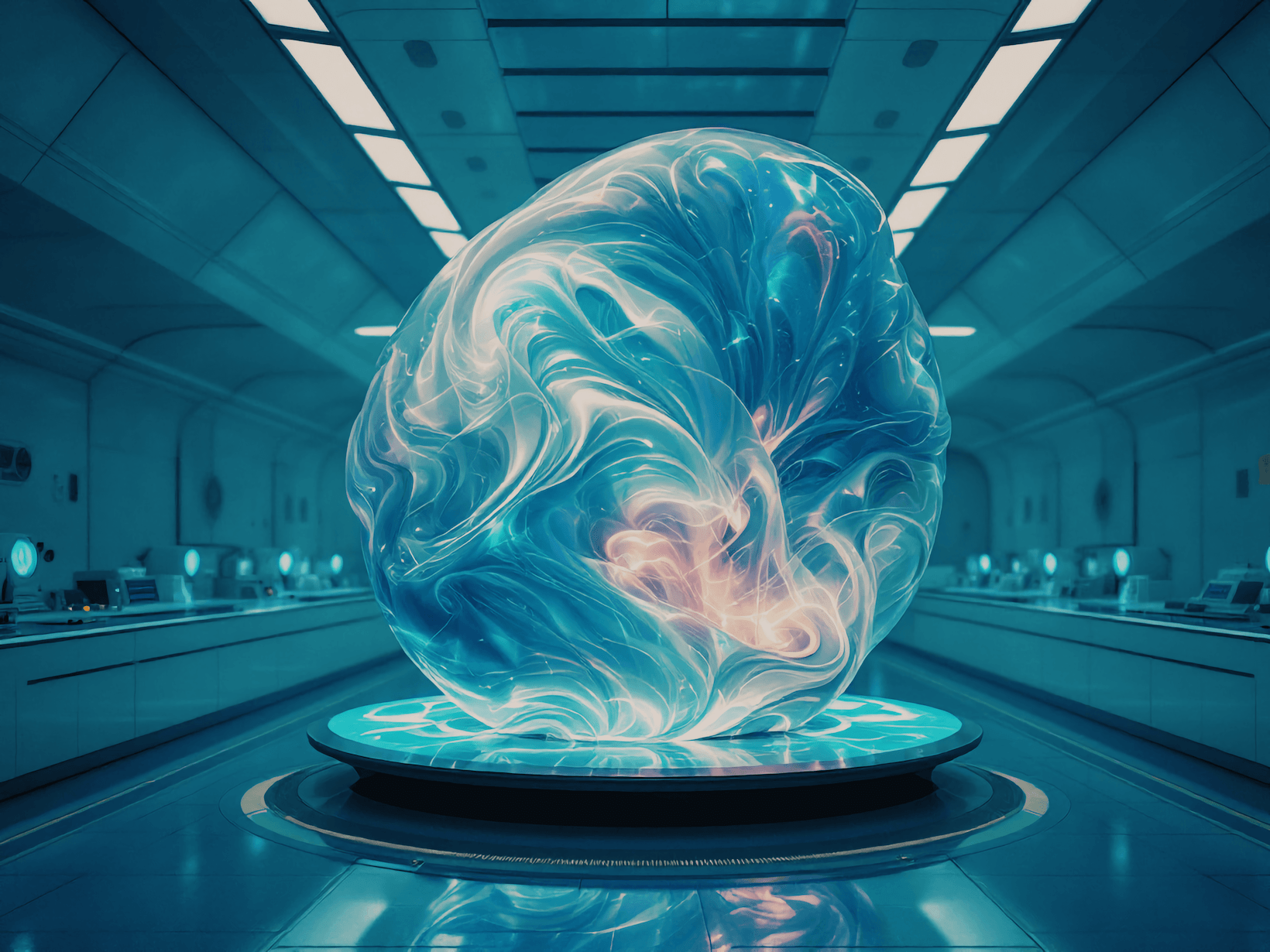
Learning from Artistic Traditions
This radical and innovative concept draws inspiration from artistic traditions that have long understood the power of holistic representation:
- Impressionism captured the essence of landscapes without literal depiction
- Chinese landscape painting conveyed dynamic forces through flowing lines and negative space
- Abstract expressionism communicates emotional states through non-literal visual fields
- Ambient music creates emotional landscapes through evolving sonic textures
These traditions understood that direct representation isn’t always the most effective way to convey complex realities. Sometimes, the impression or feeling of a system communicates more truth than precise measurements.

Harnessing the Power of Dynamic Visualization
This new approach to observability draws inspiration from various fields:
- Cybernetics: Understanding systems through feedback loops and self-regulation.
- Ecological Psychology: Studying how organisms perceive and respond to environmental information.
- Systems Engineering: Designing and managing complex systems with a holistic perspective.
- Human-Computer Interaction: Creating interfaces that are intuitive and engaging for human users.
- Data Visualization: Transforming data into meaningful visual representations that facilitate understanding.
- Fluid Dynamics: Modeling complex flows and turbulence patterns that mirror data movement.
- Biomimicry: Learning from nature’s solutions to monitoring complex systems.
By combining these disciplines, we can create observability solutions that are not only informative but also aesthetically pleasing and emotionally resonant. We can build dashboards that empower us to navigate the complexity of the digital world with clarity, confidence, and a sense of wonder.
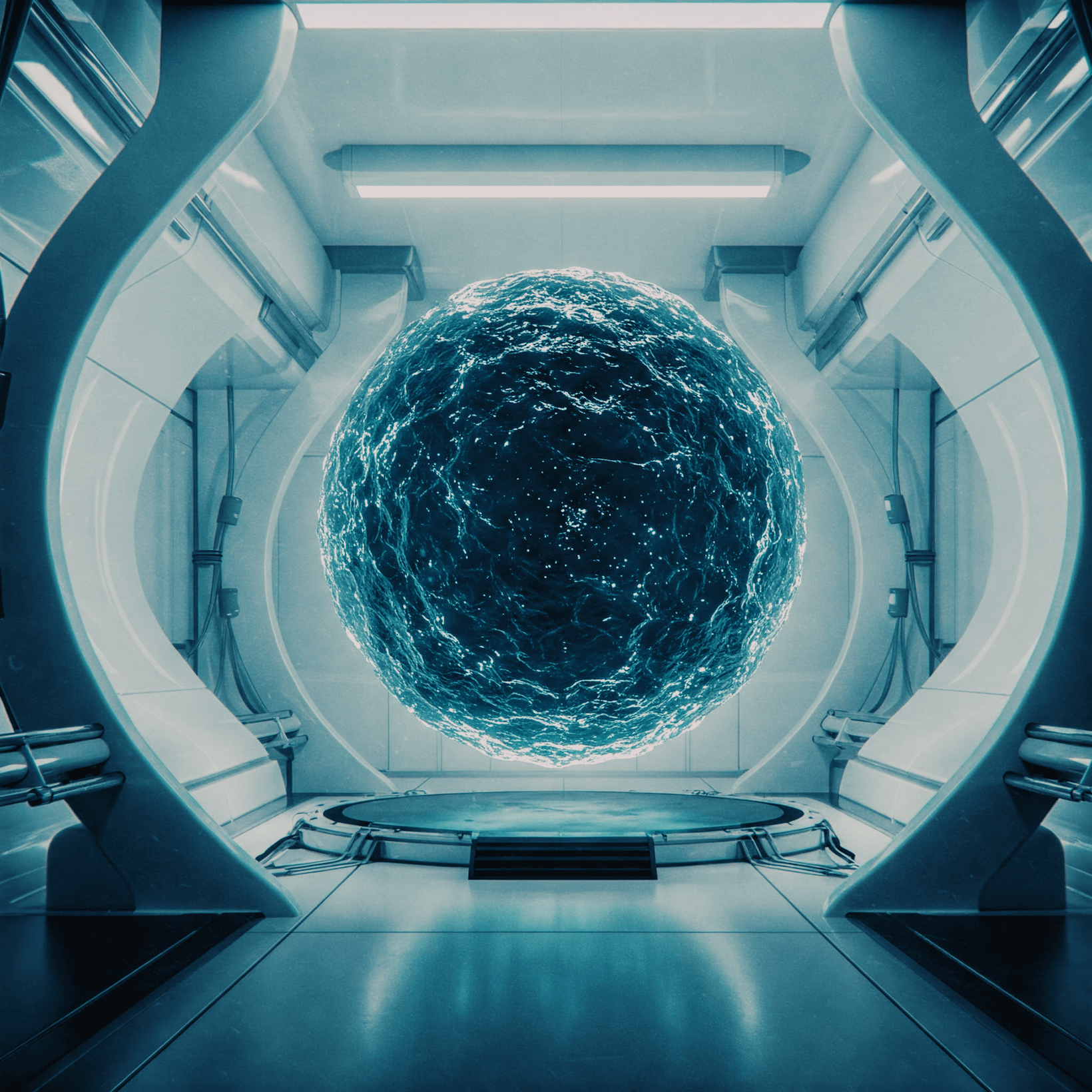
Beyond Theoretical Constructs
While this vision may seem abstract, practical implementation paths already exist:
Real-time Visual Synthesis: Modern GPUs and visualization libraries now enable the real-time generation of complex, fluid visual fields driven by streaming data.
Multi-scale Representation: Implementation should support a seamless transition between macro views (showing system-wide patterns) and micro views (examining specific components)—similar to how we naturally shift attention in physical environments.
Adaptive Learning: The system should learn from operator behavior, gradually emphasizing visual elements that have proven meaningful for detecting specific conditions while de-emphasizing less useful representations.
Temporal Exploration: Unlike traditional dashboards, a landscape interface should support natural “time travel”—allowing operators to move backward and forward through system states while maintaining situational awareness.
Collaborative Perception: Multiple operators should be able to share a common view of the system landscape while maintaining independent exploration paths—much like a team might survey a physical environment together.
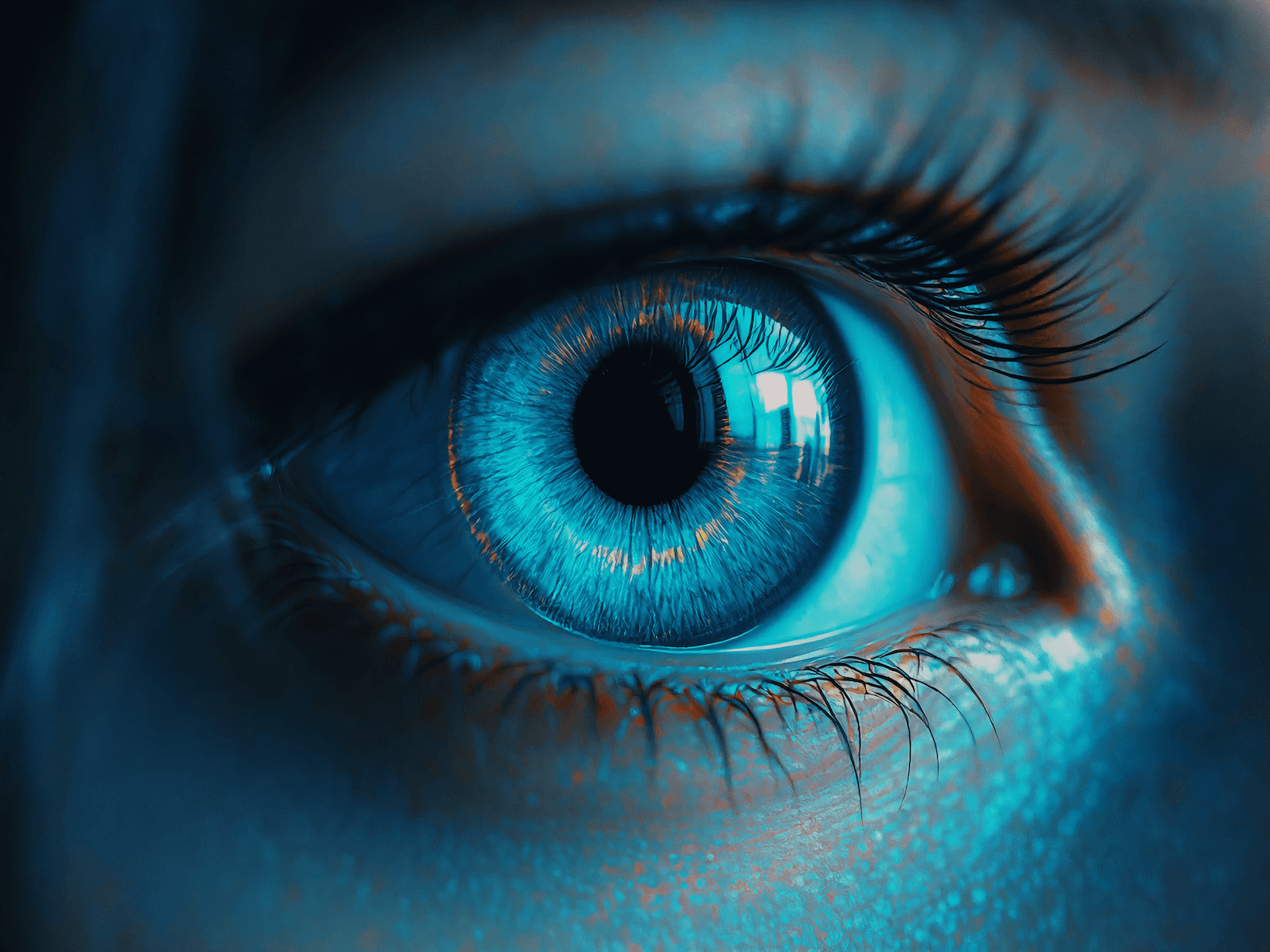
The Future of Observability
This vision of a “landscape dashboard” isn’t merely a futuristic fantasy. Advances in real-time data streaming, machine learning, and graphics rendering are making it increasingly feasible. By embracing this new paradigm, we can unlock a deeper understanding of complex systems, enabling us to build more resilient, adaptable, and human-centric software.
The transformation will require interdisciplinary collaboration between:
- Data scientists who understand the mathematical relationships within systems
- Perceptual psychologists who comprehend how humans process environmental information
- Artists who intuitively grasp how to communicate complex realities through sensory experiences
- Engineers who can implement these visions in performant, reliable systems
The most profound shift, however, must come in our conceptual approach—moving from a mechanistic view of systems as collections of discrete metrics to an ecological understanding of systems as interconnected living landscapes.
As technologists, we have a responsibility to push the boundaries of what’s possible and create tools that empower us to thrive in an increasingly complex world. Let’s embrace this challenge and reimagine observability for the next generation of software systems—not as dashboards of numbers, but as living landscapes of insight.
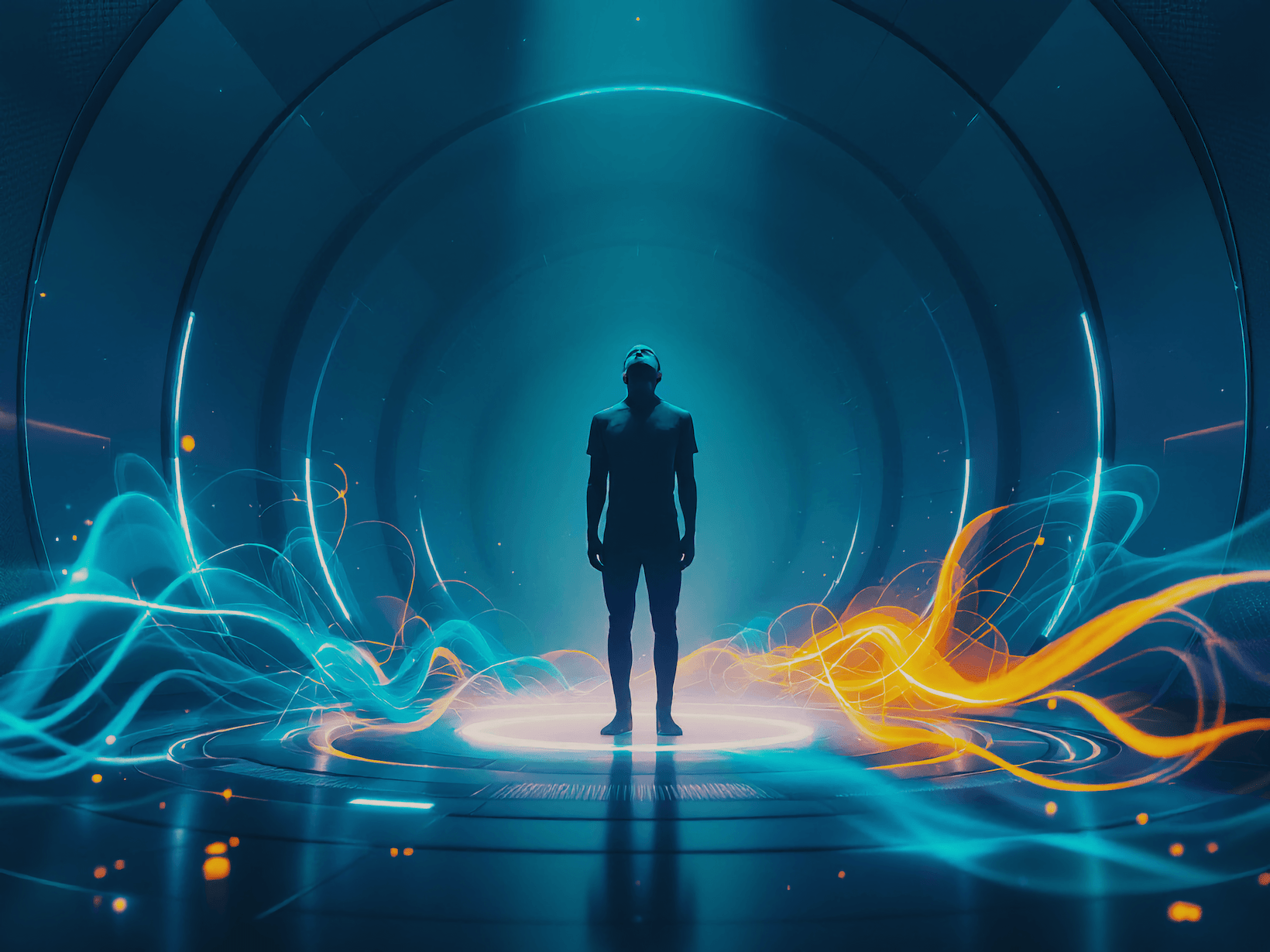
The “landscape dashboard” is a call to action. It’s a vision of what observability could look like if we integrated our understanding of human perception with the latest advancements in system monitoring. This change won’t happen overnight, but it starts with individuals who’re willing to push the boundaries of what’s possible. Engineers, designers, and product teams need to be working together to build tools that serve human cognition—not just machines.
If you’re an operator frustrated by the complexity and limitations of traditional dashboards, now is the time to demand more from your tools. If you’re a developer or product manager, consider how you can contribute to this vision, whether by creating new interfaces or pushing for better data visualization methods. The road to a more intuitive, insightful, and effective future of observability begins with challenging the status quo and embracing a more human-centric approach to monitoring. Together, we can reshape the way we perceive and interact with complex systems—moving beyond dashboards and into the realm of truly dynamic, comprehensible landscapes.
